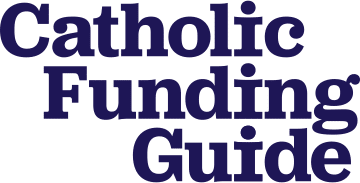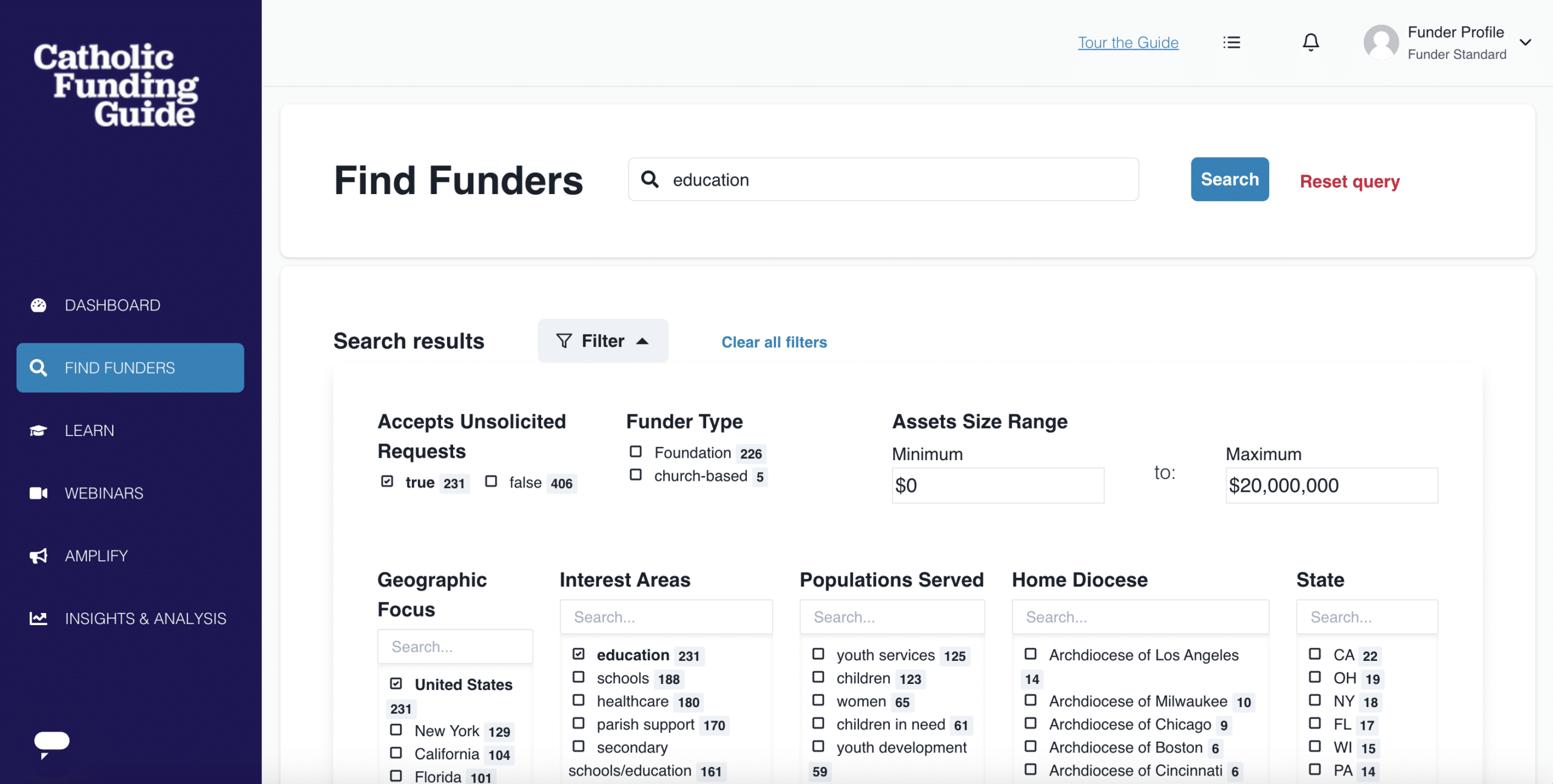The year 2020 was a tumultuous year with a global pandemic, economic instability and racial injustice, which significantly increased demands on the nonprofit sector. Americans responded generously to the increased needs, as a recent report announced that 2020 was the highest year of charitable giving on record, with $471.44 billion donated to charities – a 5.1% increase in giving compared to 2019.
Giving USA 2021: The Annual Report on Philanthropy for the Year 2020 is a publication of the Giving USA Foundation, researched and written by the Indiana University Lilly Family School of Philanthropy. Published since 1956, Giving USA is the longest running, most comprehensive report on philanthropy in America. The report shares data according to four categories of funding sources and nine categories of nonprofits that receive the funds.
Sources of Giving
Individuals
Giving from individual donors continues to serve as the greatest source of giving, totaling $324.10 billion in 2020. Giving by individuals increased slightly (2.2%) between 2019 and 2020, compared to the 4.7% increase from 2018 to 2019. The percentage of total giving by individuals has grown in four of the last five years.
“In some ways, 2020 is a story of uneven impact and uneven recovery. Many wealthier households were more insulated from the effects of COVID-19 and the ensuing economic shock, and they may have had greater capacity to give charitably than households and communities that were disproportionately affected and struggled financially,” said Amir Pasic, Ph.D., the Eugene R. Tempel Dean of the Lilly Family School of Philanthropy.
Bequests
Giving by bequest was estimated at $41.19 billion in 2020, an increase of 10.3% since 2019 (9% adjusted for inflation). The combined share of total giving from bequests and individual donors amounted to 78% in 2020. This fact serves as a poignant reminder to nonprofits and their stakeholders that the greatest source for charitable giving remains with individuals, rather than from foundations or corporations.
Corporate Giving
Giving by corporations was estimated at $16.88 billion in 2020, a 6.1% decline since 2019 attributed to declines in the GDP and in corporate pre-tax profits.
Foundations
Giving by foundations reached its highest-ever dollar amount in 2020 with an estimated $88.55 billion, representing its largest share of total giving on record at 19% of total giving. This was an increase of 17% since 2019, which has followed a trend of growth in nine of the last 10 years.

This data for grantmaking by independent, community, and operating foundations included $2.37 billion for giving to COVID-19 relief and to racial justice initiatives. In addition, 75% of foundations surveyed increased the share of their grant dollars for unrestricted support in 2020, according to the Center for Effective Philanthropy.
Beneficiaries of charitable gifts
“Giving in 2020 amid complex and challenging developments serves as a reminder of the unique way Americans respond to local and national opportunities and needs – in the moment,” said Ted Grossnickle, chair of The Giving Institute, and senior consultant and founder of Johnson, Grossnickle + Associates. “It’s interesting to note that giving to five of nine categories grew by 9% or more.”
Religion
At 28% of the total contributions, religion continues to top the list of the nonprofit subsectors for receiving the highest percentage of charitable donations. However, the year-over-year growth from 2019 to 2020 was 1%, or flat when adjusted for inflation.
Giving to religious organizations has been declining over time as a share of total giving. In 2001, the sector accounted for 38% of giving, with 49% in 1991, and 58% in 1981. This is the only sector that has realized a steady decline in its share of giving over the past four decades.
The suspension of many in-person religious activities impacted giving to this sector, with online giving providing some stability by accounting for 17.7% of total giving to religious organizations. According to Blackbaud Institute, online giving to religious organizations increased by 26.9% between 2019 and 2020.
Education
Donations to K-12 schools, higher education and libraries increased by 9% from 2019 to account for 15% of the overall charitable contributions. Prior to 2020, giving to this sector has remained steady at 14% of the total since 2001.
A strong end-of-the-year stock market drove growth in giving to education, as well as gifts for COVID-19 relief and racial justice, including MacKenzie Scott’s significant gifts to colleges and universities that serve minority populations. Despite those gifts, overall giving to colleges and universities was relatively flat in 2020 compared to 2019, according to the Council for Advancement and Support of Education.
Human Services
Contributions to human service agencies comprised 14% of total giving, an increase of 9.7% from 2019.
Public Society Benefit
Giving to public-society benefit organizations amounted to 10% of all charitable contributions with a total of $48 billion, an increase of 15.7% since 2019.
Health
Contributions to health-related charities decreased by 3% from 2019 to account for 9% of all donations. COVID-related cancellations of many in-person running and walking events impacted the fundraising efforts for this subsector.
“Human services organizations, which include charities that respond to hunger and basic needs, and public-society benefit organizations, which include United Ways and many organizations that focus on community development and civil rights, experienced strong growth,” said Josh Birkholz, vice-chair of Giving USA Foundation and CEO of BWF. “Those are the types of charities that might come to mind first when thinking about giving to meet the needs that arose in 2020. However, nearly every category of charitable organization received gifts for COVID-19 relief and racial justice, which indicates the broad scale of the challenges faced in 2020 – as well as the complexity and responsiveness of the nonprofit sector overall.”
Considerations for Catholic Nonprofits
The findings of the Giving USA report provide an opportunity for leaders of Catholic nonprofits to reflect on historical trends in order to forecast the future. Three factors that may require further reflection include:
The declining share of giving to religion.
In the 1980’s, giving to religious and faith-based organizations held the majority share of total giving, ranging from 58% to 55% in the decade. In 2020, the percentage of gifts to religion has decreased to 29%, while all 8 of the remaining subsectors have experienced steady growth over the same four decades. This data may represent a shift in demographics (declining populations of congregations) but also a shift in giving behaviors. Whereas many charitable functions were historically coordinated through a local parish or diocese, most of today’s Catholic ministries run their operations and fundraising independently of Church institutions.
Organizations that continue to operate through direct support from Church institutions are the most at risk, and should consider a more diversified funding strategy. Many Catholic organizations that had continued to rely on fundraising efforts directly tied to weekend collections from the pews were likely provoked to change their fundraising strategy when the pandemic closed churches.
The rise of online giving.
As Individual donors continue to be the top source for charitable giving, organizations should continue to expand their outreach to a diversified donor base. The power and influence of social media and online giving platforms have become a significant fundraising strategy for many organizations, evidenced by the fact that 13% of the charitable gifts in 2020 were given online, according to the Blackbaud Institute’s, 2020 Charitable Giving Report: Using 2020 Data to Transform Your Strategy. The report shared that several subsectors experienced significant growth in online giving between 2019 and 2020, including: human services (45.8%); faith-based (26.9%); health (11.7%); higher education (10.4%); public-society benefit (10%); and K-12 education (8.7%). As a percentage of total fundraising, organizations in the faith-based, animal welfare, human services and K-12 education subsectors are all earning over 10% of their total fundraising dollars through online giving.
Smaller organizations realized greater gains with online giving than large organizations, according to the Blackbaud report, though nonprofit organizations of all sizes experienced an increase in online giving in 2020. The largest gain of 24.9% was realized by mid-sized organizations ($1M-$10M in total fundraising) while small organizations (< $1M in total fundraising) experienced a 22.3% increase since 2019.
The increased impact of foundations.
The most notable change among the sources of charitable giving was through foundations, which accounted for a 17% increase in giving between 2019 and 2020. Many dioceses across the country are establishing Catholic community foundations as they recognize the desire for individual donors to support their local church community through grants and donor-advised funds.
A diversified funding strategy should include the acquisition of grants from Catholic foundations. The search tools available through the Catholic Funding Guide can help organizations identify the funders that support the causes and initiatives that align with the organization’s mission. Tips and suggestions for ways to build relationships with a Catholic funder and facilitate the grant application process are available through the Catholic Funding Guide’s Knowledge Center.
While 2020 will be most likely remembered for its unprecedented challenges, Americans responded to those demands with increased generosity to make 2020 the highest year of charitable giving on record. This was a much-needed ray of light that overcame the darkness with hope and resilience.



